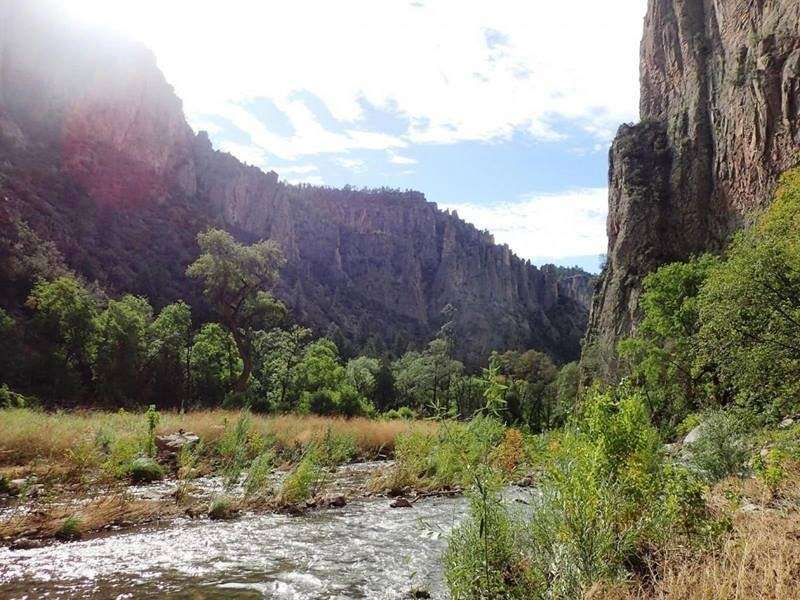Deep learning uses stream discharge to estimate watershed subsurface permeability

Subsurface permeability is a key parameter that controls the contribution of the subsurface flow to stream flows in watershed models. Directly measuring permeability at the spatial extent and resolution required by watershed models is difficult and expensive. Researchers therefore commonly estimate permeability through inverse modeling. The wide availability of stream surface flow data compared to groundwater monitoring data provides a new data source for integrated surface and subsurface hydrologic models to infer soil and geologic properties.
In a study published in Frontiers in Earth Science, scientists from Pacific Northwest National Laboratory, Oak Ridge National Laboratory, and Los Alamos National Laboratory trained deep neural networks (DNNs) to estimate subsurface permeability from stream discharge hydrographs.
First, they trained the DNNs to map the relationships between the soil and geologic layer permeabilities and the simulated stream discharge obtained from an integrated surface-subsurface hydrologic model of the studied watershed. The DNNs yielded more accurate permeability estimates than the traditional inverse modeling method. The DNNs then estimated the permeability of a real watershed (Rock Creek Catchment in the headwaters of the Colorado River) using observed stream discharge from the study site. The watershed model with permeability estimated by DNNs accurately predicted the stream flows. This research sheds new light on the value of emerging deep learning methods to assist integrated watershed modeling by improving parameter estimation, which will eventually reduce the uncertainty in predictive watershed models.
Subsurface permeability is a measure of how well liquids flow through below-ground rocks and soils. It is a key parameter that determines subsurface flow and transport processes in watersheds. However, permeability is difficult and expensive to measure directly at the scale and resolution required by watershed models. In contrast, stream flow monitoring data is widely available. The links between permeability and stream flow provide a new route to estimating subsurface permeability. In this study, scientists turned to deep learning, a type of artificial intelligence. Deep learning estimates the subsurface permeability of a watershed from stream discharge data more accurately than is possible with traditional methods. This improvement will help calibrate watershed models and reduce the uncertainty in stream discharge predictability.
The deep learning method yielded realistic estimates of the permeability of a real watershed system. The results had a better match between the predicted and observed stream discharges. This work shows that deep learning can be a powerful tool for estimating watershed parameters from indirect but relevant observations such as stream flow. By successfully using deep learning to map the relationship between permeability and stream discharge, this work presents new opportunities for improving the subsurface characterization of large watersheds. It paves the way to help develop more generalized strategies for calibrating watershed models with multiple parameters and types of data.
More information: Erol Cromwell et al, Estimating Watershed Subsurface Permeability From Stream Discharge Data Using Deep Neural Networks, Frontiers in Earth Science (2021). DOI: 10.3389/feart.2021.613011
Journal information: Frontiers in Earth Science
Provided by US Department of Energy




















